Although the name might imply that Reverse Osmosis waste water is a lost cause, it only becomes a waste if we treat it that way.
You probably have not heard of Reverse Osmosis waste water(also known as RO reject water) and it's complicated dynamic with the Reverse Osmosis system. However, to make a well-informed choice, RO waste water deserves a second look. By unraveling these complexities, you can ensure that your water-making process is not only efficient but also sustainable in the long run.

What is Reverse Osmosis Waste Water
In a nutshell, Reverse Osmosis reject water is an inherent part of reverse osmosis purification. In RO purification, the ultra-fine pore size selectively allows only water molecules to pass through, effectively screening out other particles present in the feed water to accomplish the purification process. The Blueuvua ROPOT series employs the finest filtration precision—the 0.0001 μm RO membrane—to eliminate over 1000 contaminants. To prevent clogging in the Reverse Osmosis system, a portion of the feed water redirects these contaminants into the tank, forming the RO waste water.

Typically, conventional water purifiers create 4 parts of wastewater for every 1 part of pure water. Undersink systems often flush all the wastewater directly into the drain, leading to unnecessary waste. To optimize water efficiency, the Bluevua ROPOT series innovatively recycles wastewater, regulates its concentration, and incorporates automatic self-cleaning to prevent impurities from accumulating and potentially damaging the system.
Wastewater Recycling Benefits
Low Pure to Drain: By recycling wastewater, the ROPOT series achieve a water efficiency ratio of up to 3:1, surpassing conventional 4:1 water purifiers by 1,100%. This significant difference substantially reduces waste and maximizes the amount of purified water available for your needs.
No Wastage of RO Waste Water: Differs from under-sink RO systems that channel all the waste water directly to the drain, Bluevua redirects this water back into the water tank for repurposing and gives the choice to utilize the waste water for various purposes such as watering plants, household cleaning tasks, and even toileting.

Enhanced Water Efficiency and Longevity
Automatic Self-cleaning: To prevent contaminants from building up and causing clogs in the systems, the ROPOT series utilizes a portion of the feed water to carry away all the obstructed particles back to the tank. Simultaneously, the ROPOT systems automatically clean the internal system to flush out the buildups.
Wastewater Concentration Control: The ROPOT series implements a minimum filtration level to regulate the amount of waste water diverted back to the water tank. This feature ensures that the concentration remains below a certain threshold to prevent an accumulation of impurities that could burden the internal system.
The bottom line is that the waste water is often cleaner than anticipated. Running through the pre-filtration stages such as Polypropylene(PP) and Coconut Shell Activated Carbon(CTO), the RO waste water has eliminated water sediment, rust, colloid, chlorine bleach, and numerous impurities. Apart from slightly higher salt and mineral levels, other factors such as turbidity, color, and organic matter can be much lower than those found in tap water. This makes repurposing the water a feasible and sustainable practice, providing an opportunity to make efficient use of a valuable resource while contributing to environmental conservation.
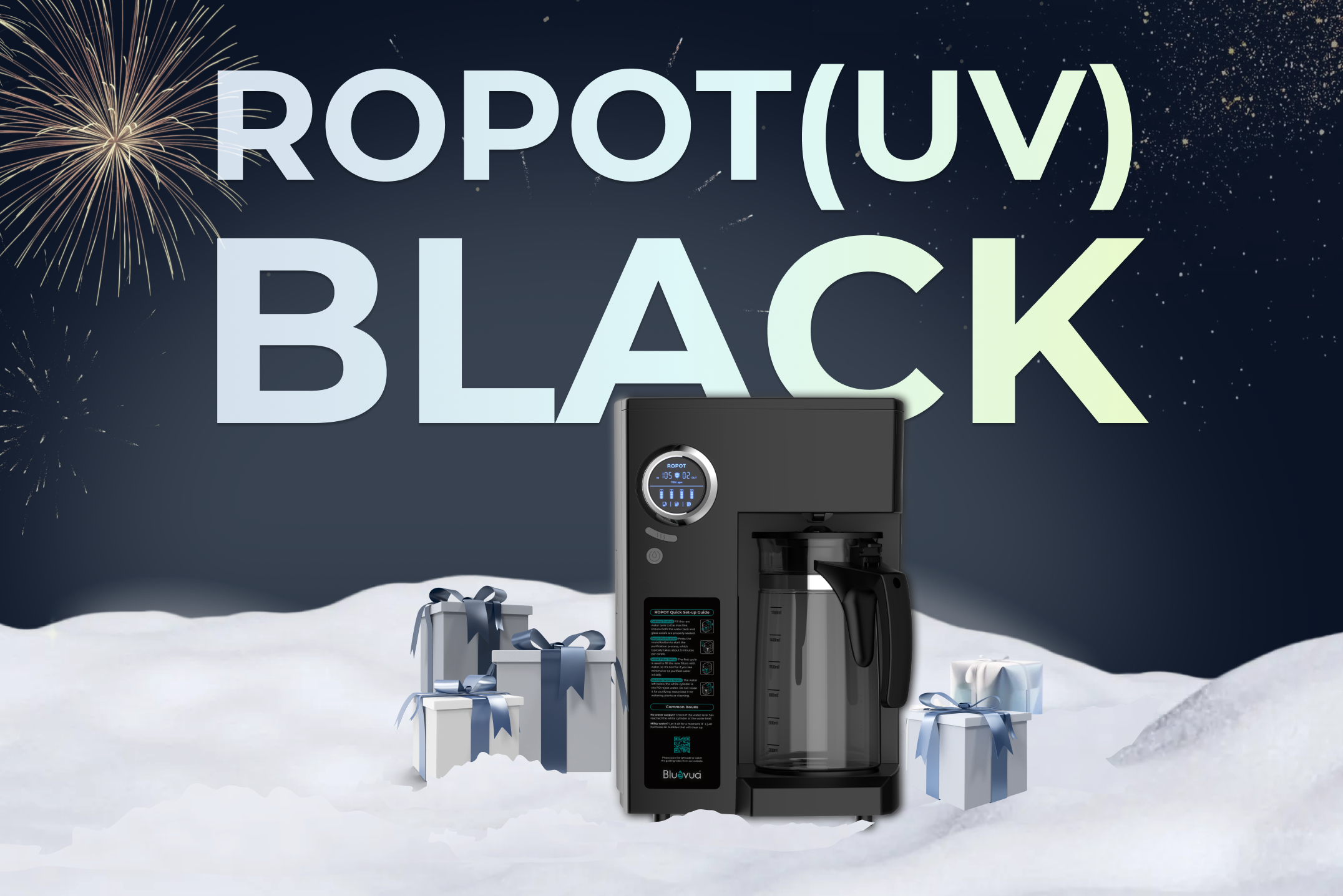
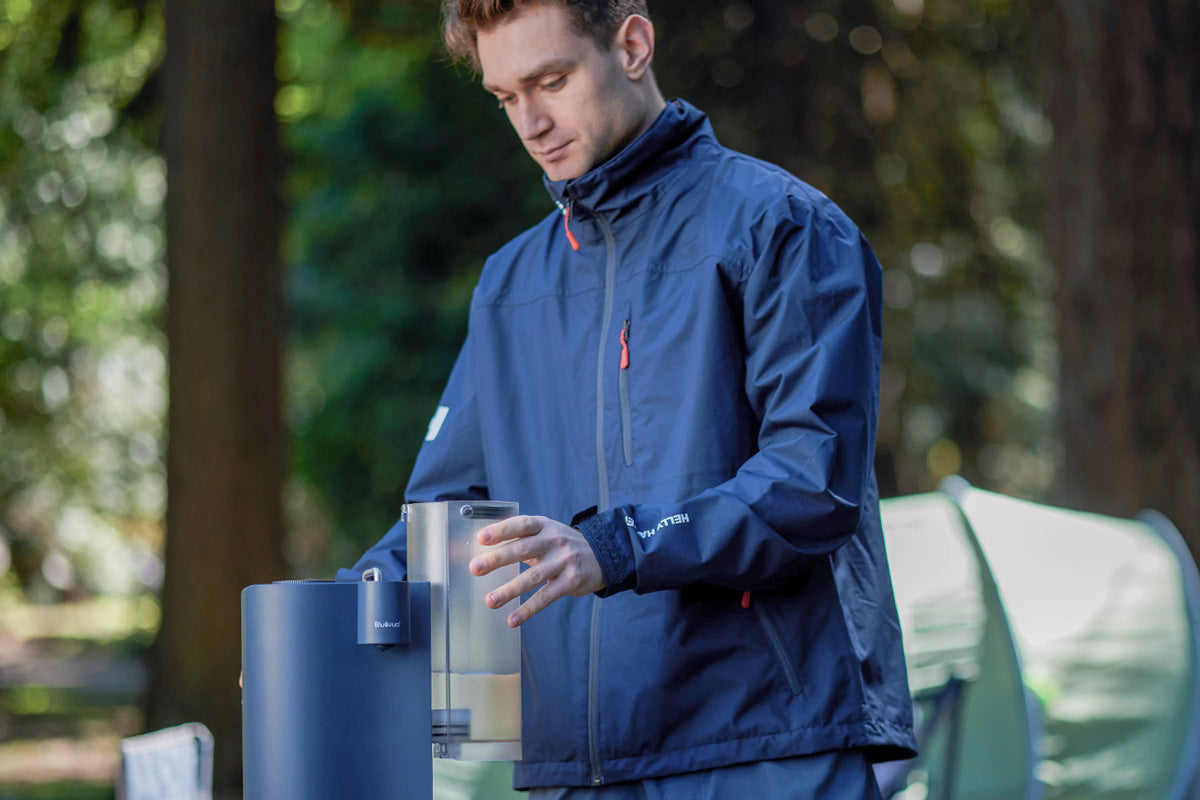
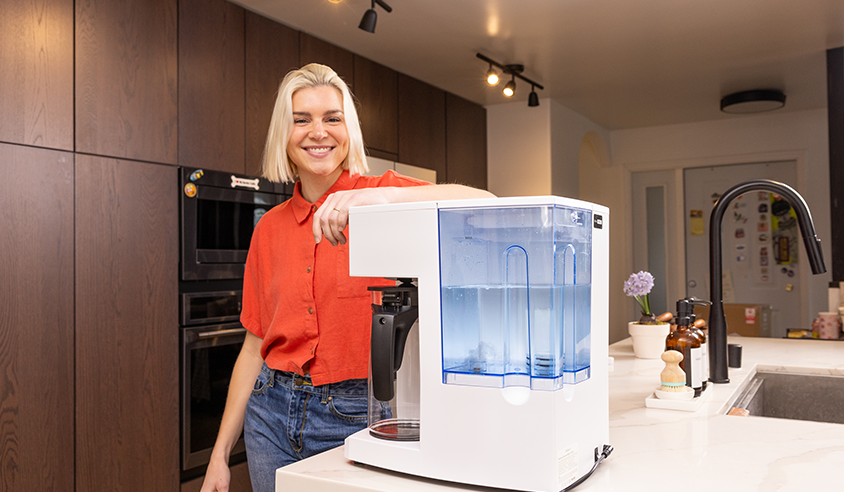
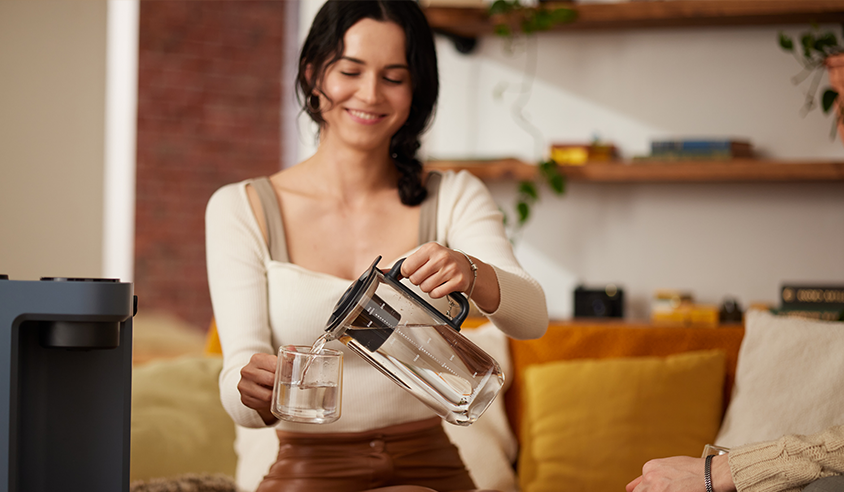
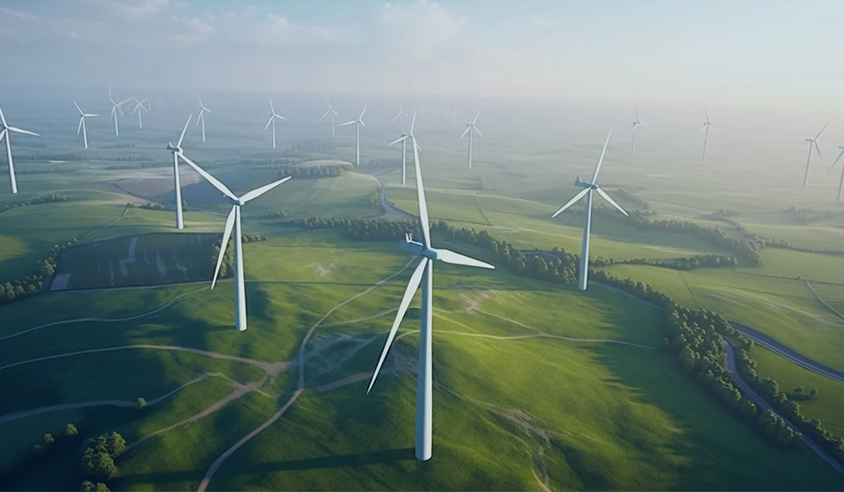
Leave a Comment
All comments are moderated before being published.
This site is protected by hCaptcha and the hCaptcha Privacy Policy and Terms of Service apply.